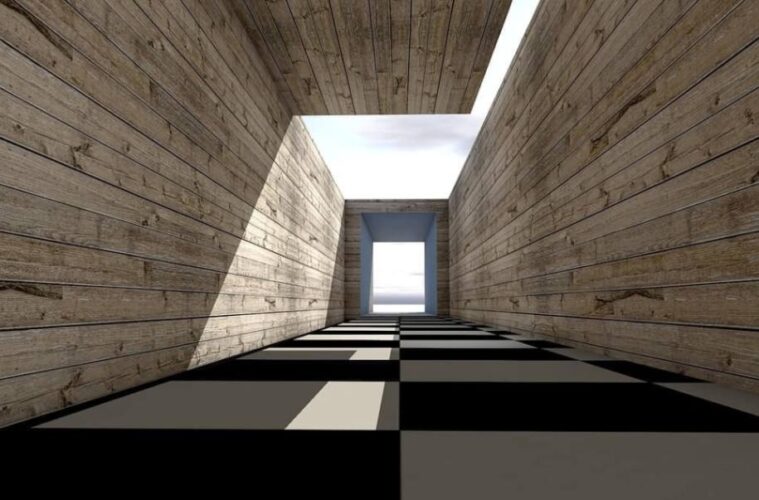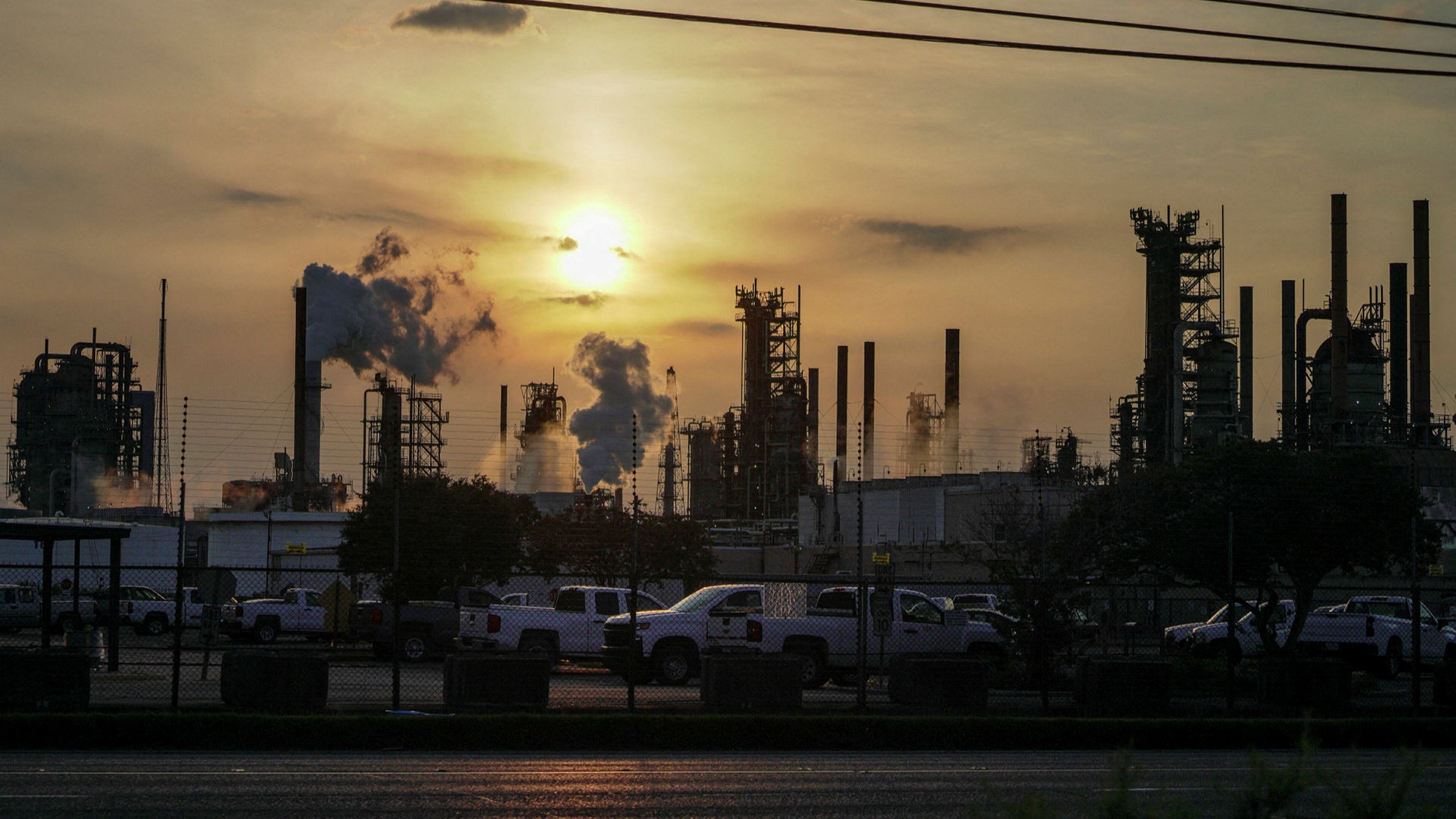Architecture reflects society, culture, and ideals. While certain trends pass, some architectural concepts endure. These classic design trends create sustainable, adaptable, and useful buildings. This page covers architectural trends that inspire and remain exquisite and useful for years.
Functionality and simplicity: Essential to lasting design
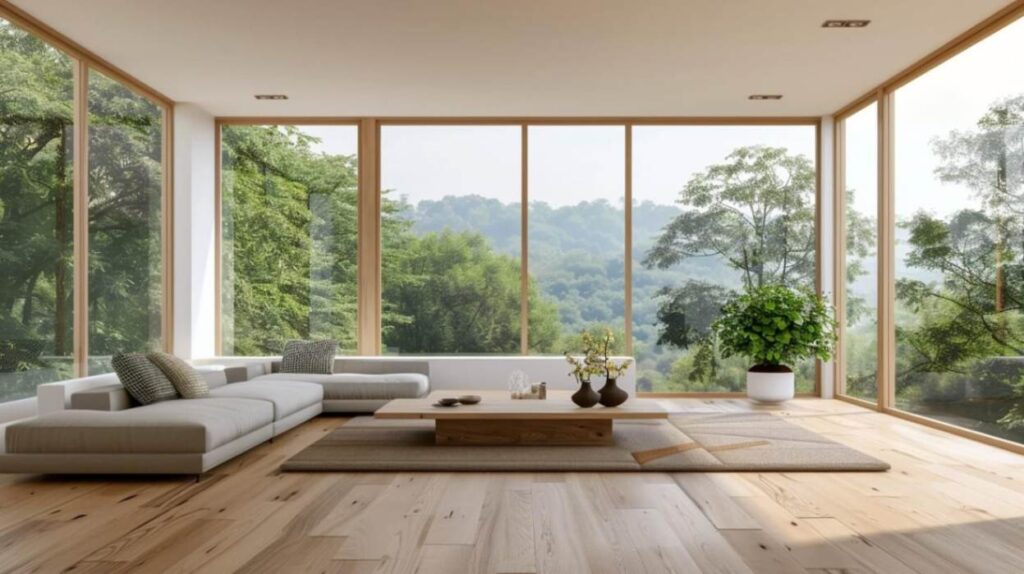
Source – images.surferseo
Timeless architecture has utility. Successful architectural designs have given the following function top priority for millennia so that structures serve their occupants without unnecessary embellishment. Minimalism advocates tidy, unassuming looks.
Furthermore, strong and effective materials are important for functional design. For instance, retaining walls by Modular Cubed are a fashionable approach to controlling soil erosion and preserving structural integrity. These retaining walls blend into the architectural concept, so utility and elegance might coexist.
Space flexibility and adaptability
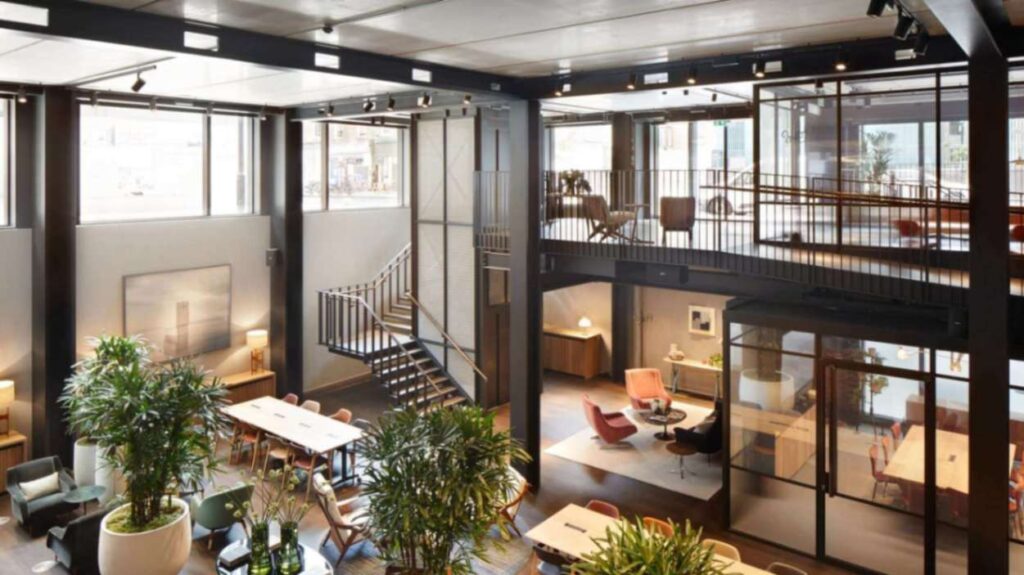
Source – formroom
Architecture designs that meet consumer requirements usually last. Flexible spaces that can be used for different purposes maintain buildings relevant for decades or centuries. Whether it’s an office that might be used as a dwelling or a family house that can accommodate evolving lifestyles, flexible design extends a building’s lifespan.
Timeless designs can mix open floor patterns, modular elements, multi-use spaces, and adaptability. These movable areas let builders and homeowners play about with several layouts to suit their tastes and serve useful purposes.
Eco-friendly design and sustainability
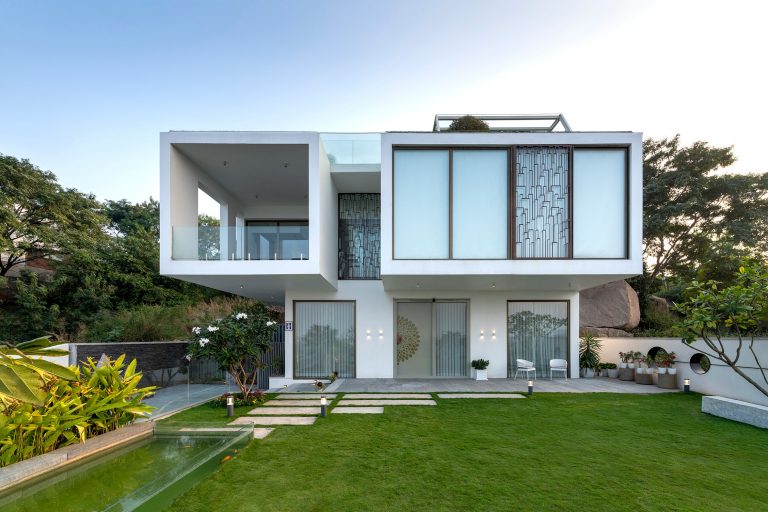
Source – foyr
The future depends on sustainable architecture. Energy-efficient technologies and environmentally friendly materials guarantee buildings last and operate without harming the earth. As carbon footprints are lowered, sustainable architecture will remain on the front stage for years.
In sustainable buildings, green roofs, solar panels, rainwater collecting systems, and passive solar designs reduce heating and cooling demand. This creates natural harmony, therefore improving buildings’ efficiency and appeal.
Classic materials age well
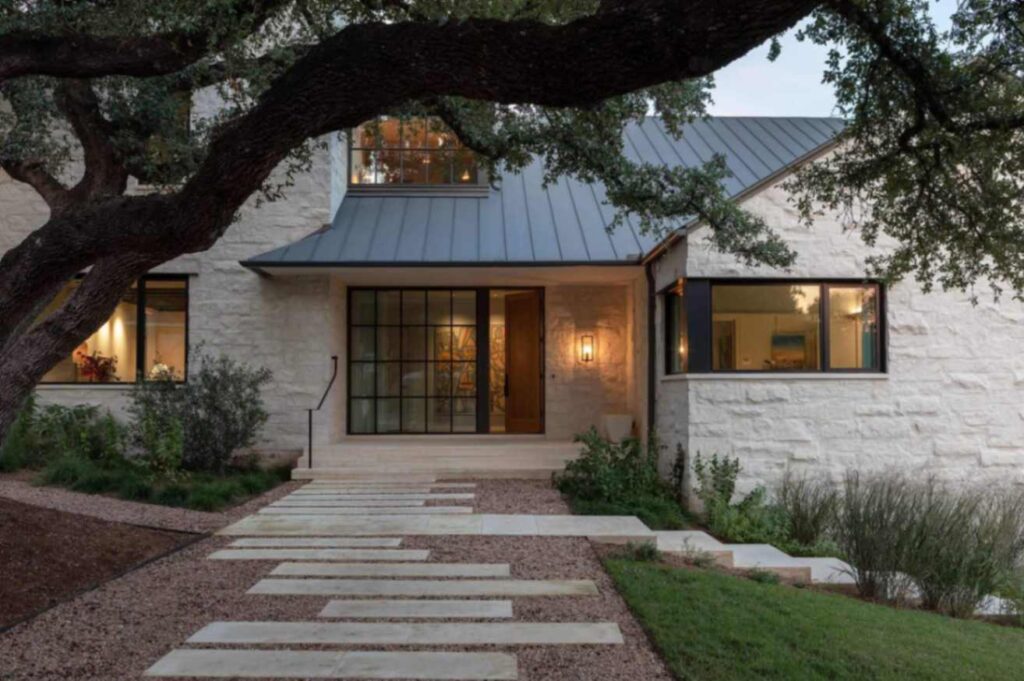
Source – images.squarespace-cdn
Ageless buildings depend on careful material choice. Because of their beauty and durability, stone, brick, wood, and metal have been used in buildings for millennia. These materials age elegantly to provide a strong patina that accentuates a structure’s unique character.
Natural materials also give buildings strength and durability. Modern design combined with these materials creates a balanced appearance that combines the past and the present, thus providing a structure with enduring appeal.
Environmental harmony
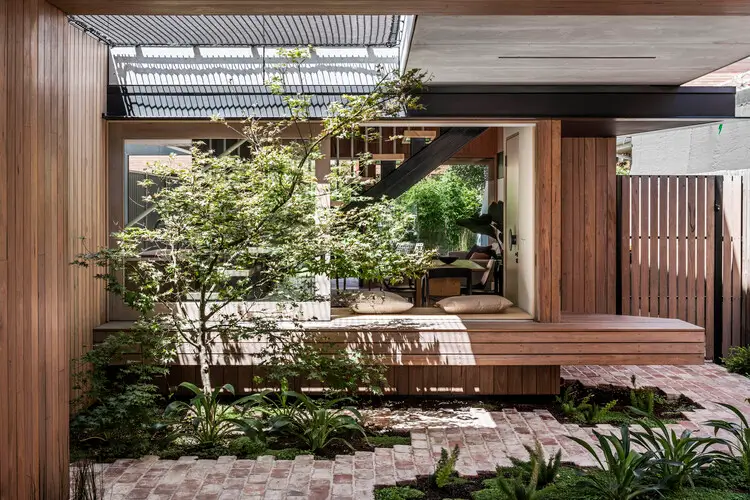
Source – images.adsttc
Classical architecture complements the environment in rural and urban areas. Fitting in helps cottages in the countryside and skyscrapers in a city survive.
City architects create neighbourhood-representative energy-efficient buildings with big windows to frame views or natural materials balance built and natural settings.
Iconic forms and geometry
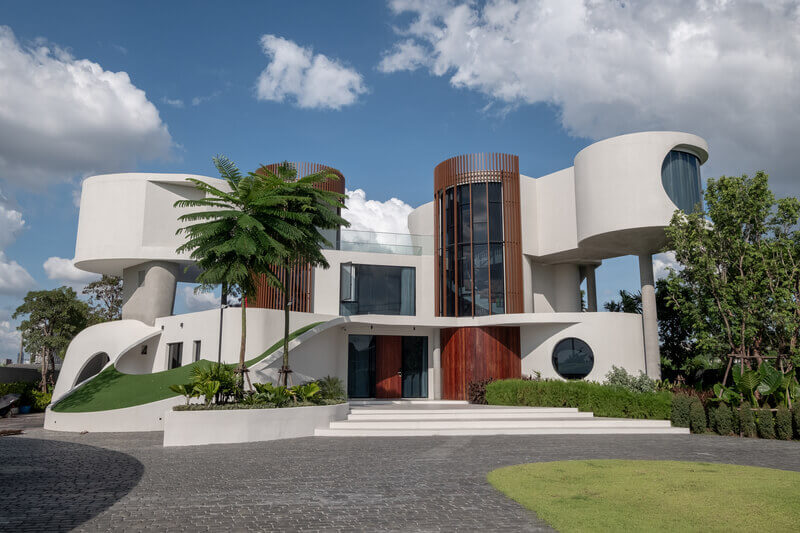
Source – designboom
Simplicity, elegance, and functionality have allowed certain architectural styles to endure for millennia. The arches, domes, and columns of Greek and Roman architecture continue to influence modern design. Distinct geometric forms, such as triangles, circles, and squares, remain prominent. These timeless shapes and design elements help architecture stay relevant, adapting gracefully as tastes and technologies evolve.
Timeless Architecture’s Future
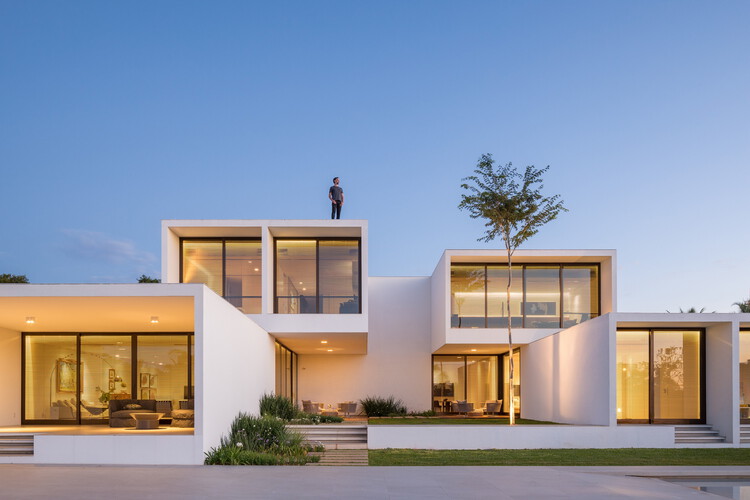
Source – images.adsttc
As architectural technology advances, timeless design must balance innovation and legacy. New architects must use new technology and materials to be sustainable, adaptable, and functional. Prioritising these traits will produce modern landscapes with fresh, tried-and-true ideas.
Conclusion
The idea of ageless architecture celebrates environmental connectivity, sustainability, and pragmatism. These ideas will enable designers and builders to create structures that excite the next generations and last.

